Researchers Say Humpbacks Are Trying To Communicate With Us
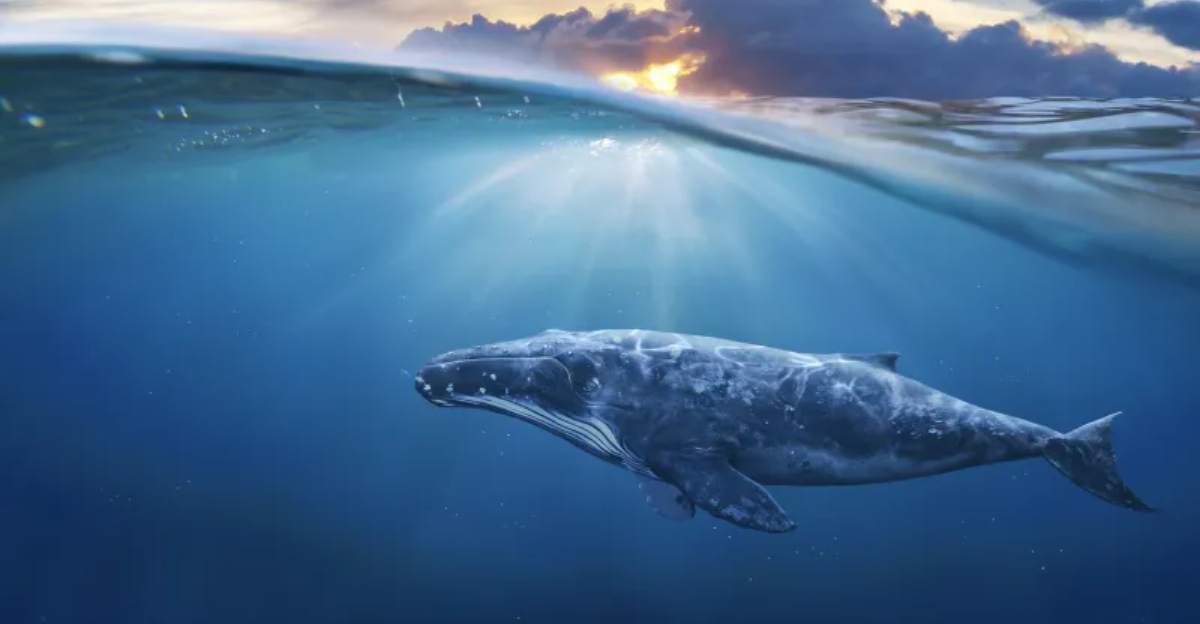
Beneath the ocean’s surface, humpback whales create some of nature’s most complex sounds. Scientists now believe these magnificent creatures might be attempting to communicate with humans.
The haunting melodies and patterns they produce could hold messages we’re only beginning to understand, opening a fascinating window into interspecies communication.
1. Humpback Songs Can Travel Thousands Of Miles

Water conducts sound nearly five times faster than air! This amazing property allows whale songs to travel incredible distances underwater without losing clarity.
A single humpback’s melody can journey across entire ocean basins, reaching fellow whales thousands of miles away.
2. Scientists Study Whale Songs Using Hydrophones
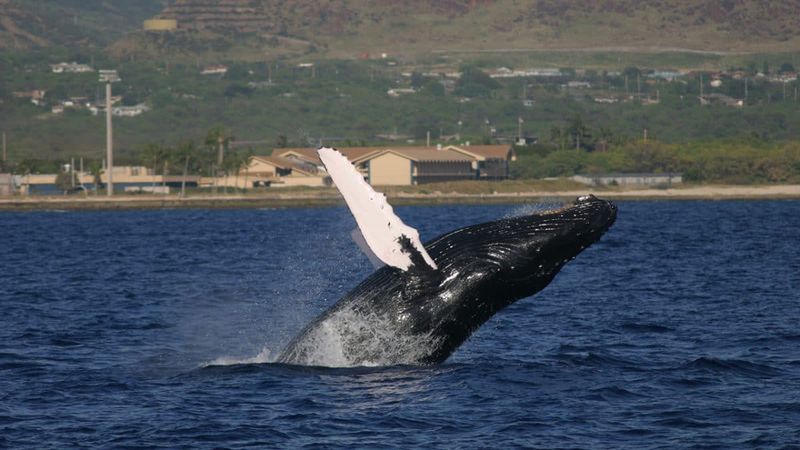
Underwater microphones called hydrophones capture the mysterious underwater symphony of humpbacks. Researchers drop these sensitive devices into the ocean at various depths.
Back in laboratories, specialized software transforms these recordings into visual patterns that reveal hidden structures in whale communication.
3. Vocal Patterns Suggest Complex Communication

Would you believe humpbacks use grammar? Their songs follow specific rules and patterns similar to human language structure!
Researchers have identified repeating phrases, themes, and even what appear to be sentences in whale vocalizations. This complexity hints at sophisticated information exchange rather than simple calls.
4. Humpbacks Use Repetition And Structure In Songs
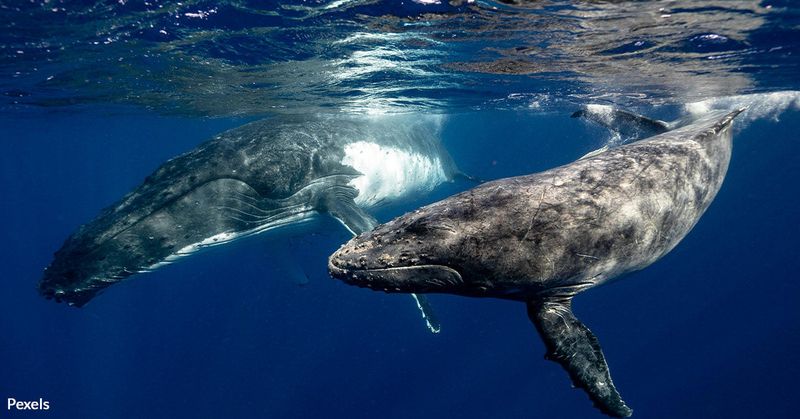
Musical genius lurks beneath the waves! Humpbacks craft songs with distinct themes that repeat in predictable patterns.
Each song contains several sections that follow one another like verses in music. The whales maintain this structure while gradually evolving their compositions over months or even years.
5. Songs Evolve And Spread Across Populations

Fashion trends exist in the whale world too! When one humpback creates a catchy new song element, others adopt it.
These musical innovations spread through populations like viral hits. Researchers have tracked specific song changes moving across the Pacific Ocean over several breeding seasons.
6. Each Population Has A Unique Song Dialect

Just like human accents, whale populations develop their own distinctive singing styles! Humpbacks in Hawaii sound noticeably different from those off Australia’s coast.
These regional dialects help whales identify members of their own group. Scientists can actually determine where a whale comes from just by listening to its song.
7. Whales May Be Sharing Social Or Navigational Info
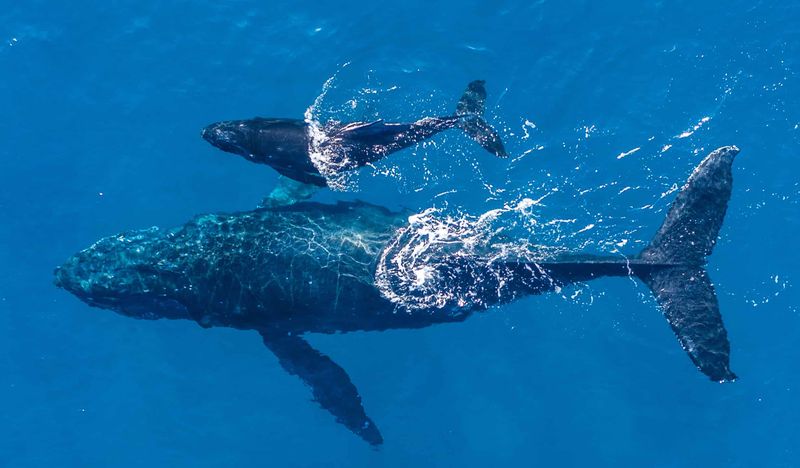
Imagine underwater GPS combined with Facebook! Whale songs likely serve multiple purposes beyond simple communication.
Scientists believe these vocalizations might contain information about food sources, ocean conditions, and even social relationships. The songs could function as both news bulletins and maps for fellow humpbacks.
8. Some Sounds Resemble Human Communication Rhythms
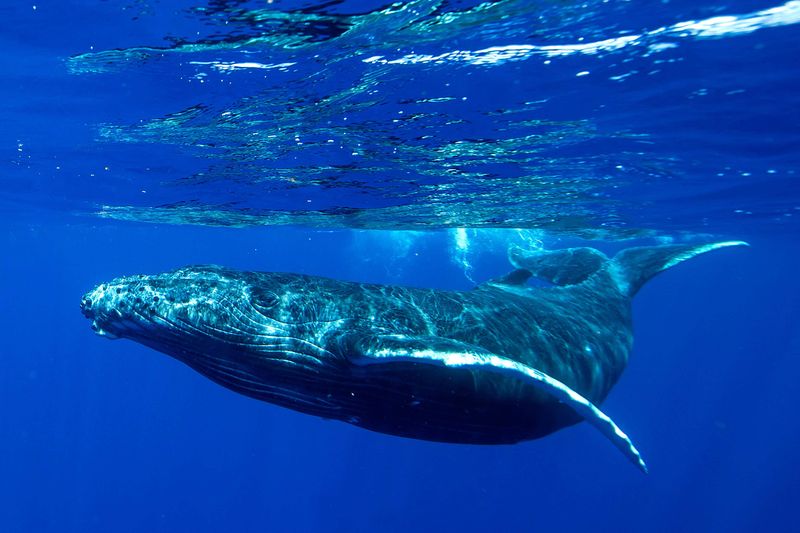
Eerily familiar patterns emerge when analyzing certain whale calls. The rhythm and cadence sometimes mirror human speech patterns, particularly in their timing and pauses.
This unexpected similarity has led some researchers to wonder if humpbacks are specifically attempting to mimic or respond to human sounds they hear underwater.
9. Research Shows Whales Learn Songs From Each Other

Floating music schools exist in the deep! Young male humpbacks learn songs by listening to experienced singers, similar to how human children acquire language.
They practice imperfect versions before mastering the complete song. This cultural transmission of knowledge represents one of the most sophisticated learning behaviors observed outside human societies.
10. Males Sing Primarily During Breeding Season

Romance drives the underwater concert season! Only male humpbacks produce the elaborate songs, and they sing most frequently during mating periods.
These oceanic serenades likely serve as both courtship displays for females and competitive signals to other males. Think of them as nature’s version of love songs with a dash of showing off.
11. Humpback Communication May Be Culturally Transmitted

Beyond instinct, whales have culture! The complex songs aren’t hardwired but learned and passed between generations like human traditions.
When populations mix, they exchange song elements, creating new variations. This cultural evolution mirrors how human music and language develop over time through cultural exchange.
12. AI Is Being Used To Decode Whale Vocalizations

Machine learning meets marine biology in cutting-edge research! Advanced artificial intelligence algorithms now analyze thousands of hours of whale recordings to identify patterns humans might miss.
These AI systems search for correlations between specific sounds and observed behaviors. Some programs have already identified what might be individual whale names or calls.
13. Vocal Exchanges Increase When Boats Approach
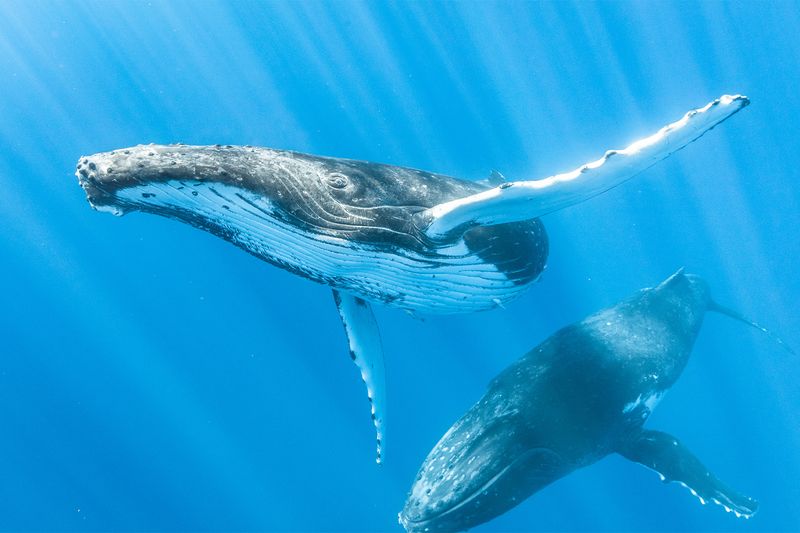
Fascinating response patterns emerge when humans enter whale territory! Researchers have documented increased vocalization when boats approach humpback groups.
Rather than simply fleeing, the whales often appear to communicate more intensely with each other. Some scientists interpret this as potential attempts to communicate with or about the human presence.
14. Understanding Whale Songs Could Aid Conservation

Cracking the whale communication code could save their species! By understanding what humpbacks are saying, we might identify critical habitats they’re discussing or threats they’re warning about.
This knowledge could guide protected area creation and minimize human interference. The songs of whales might ultimately help us become better stewards of their ocean home.






